As we reach the end of Lung Cancer Awareness month, we thought it was particularly timely to talk about occupational lung disease and the responsibilities that employers have to mitigate and reduce related risks.
According to Cancer Research, lung cancer is the third most common type of cancer in the UK (behind breast cancer and prostate cancer), it is also the most fatal, contributing to a fifth (21%) of all cancer deaths in the UK in 2018.
The latest statistics from the HSE show that there are an estimated 12,000 deaths per year related to lung diseases that are linked to past exposures in the workplace. The real number may be much higher – measurement is difficult to track as many lung diseases having a long latency period, meaning they start to develop many years after the workplace exposures that caused them or contributed. The main exceptions are occupational asthma and allergic alveolitis which can develop more quickly.
Current and recently occurring cases of long-latency diseases are mainly a reflection of past workplace conditions. However, many of the causative agents can still be present in workplaces and thus constitute a potential ongoing hazard.
Breathing in specks of dust, gases, fumes and vapours in the workplace can cause serious, long-term lung damage and often incurable health problems. Occupational lung diseases include but are not limited to:
- Work-related asthma
- Chronic Obstructive Pulmonary Disease (COPD)
- Work-related lung cancer
- Pneumoconiosis
- Silicosis
- Asbestos-related disease
- Extrinsic allergic alveolitis
By law, employers are required to control exposure in all uses by site and process-specific measures. Risk reduction/mitigation methods include:
- Competent assessments and ongoing reviews
- Monitoring / Surveys
- Alternative processes
- Less hazardous materials
- Relevant training and substance handling
- Enclosures/effective ventilation
- Protective equipment – as a last resort
- Occupational Health Monitoring
- The important thing is to ensure the activity and those who could be exposed are below regulatory workplace exposure limits (WELs)
How can you recognise the signs and symptoms of lung cancer?
There are usually no signs or symptoms in the early stages. Symptoms of lung cancer develop as the condition progresses. The main symptoms include:
- A cough that doesn’t go away after 2 or 3 weeks
- A long-standing cough that gets worse
- Chest infections that keep coming back
- Coughing up blood
- An ache or pain when breathing or coughing
- Persistent breathlessness
- Persistent tiredness or lack of energy
- Loss of appetite or unexplained weight loss
As for the causes, smoking is the biggest risk factor for lung cancer, being accountable for more than 70% of cases, the other main causes include pollution and occupational exposure.
How can AssessNET help organisations to discharge their statutory responsibilities?
The AssessNET COSHH and SDS tool helps you to assess the risks associated with specific activities and exposure levels. It enables you to review current control measures in place and assist in highlighting any alternative safer products that can be used. The solution also provides recommendations regarding relevant PPE equipment and any emergency procedures necessary based on SDS data. The built-in SDS manager allows you to tailor your COSHH assessments to your operations, giving you visibility of the risks created by using certain products and guidance on how to control them.
Built with efficiency at its core; AssessNET’s SDS management tool will notify owners of COSHH assessments and recommend reviews when substance changes are made and a new edition of the SDS is published on the platform. Combined with AssessNET’s powerful Task Manager at its core, linkages to EH40, glove permeation data and location-specific registers, AssessNET can provide a robust and automated solution across your organisation.













